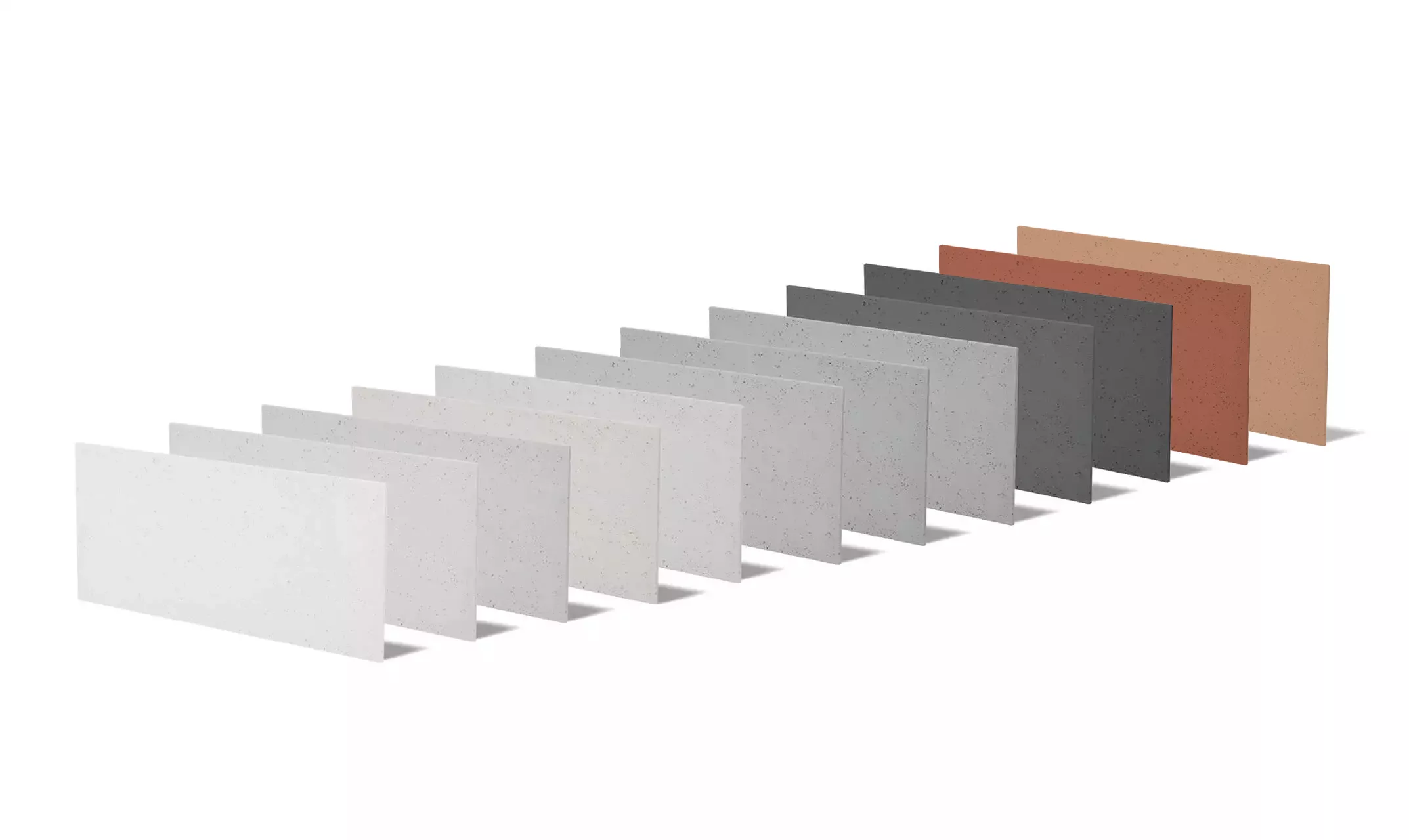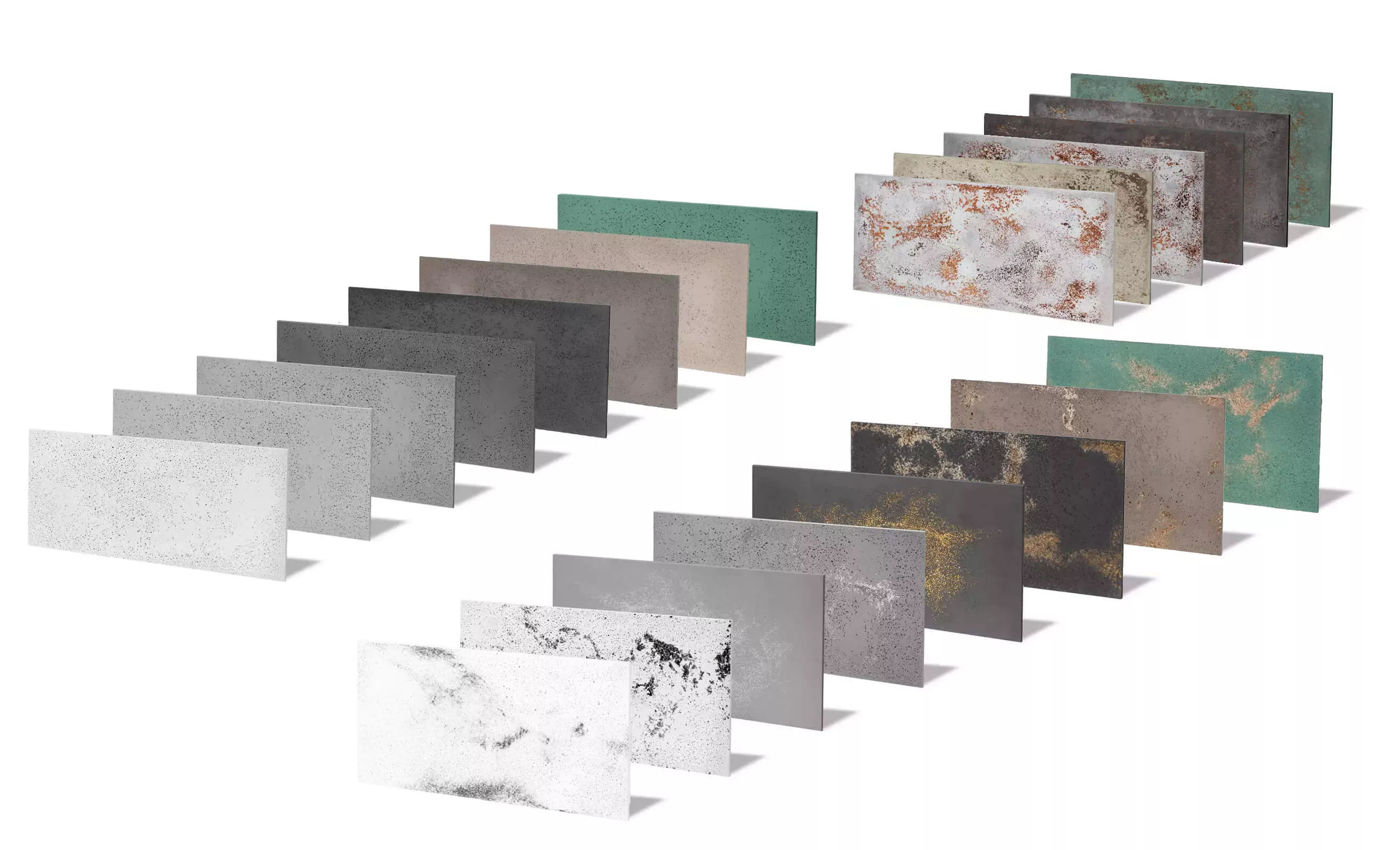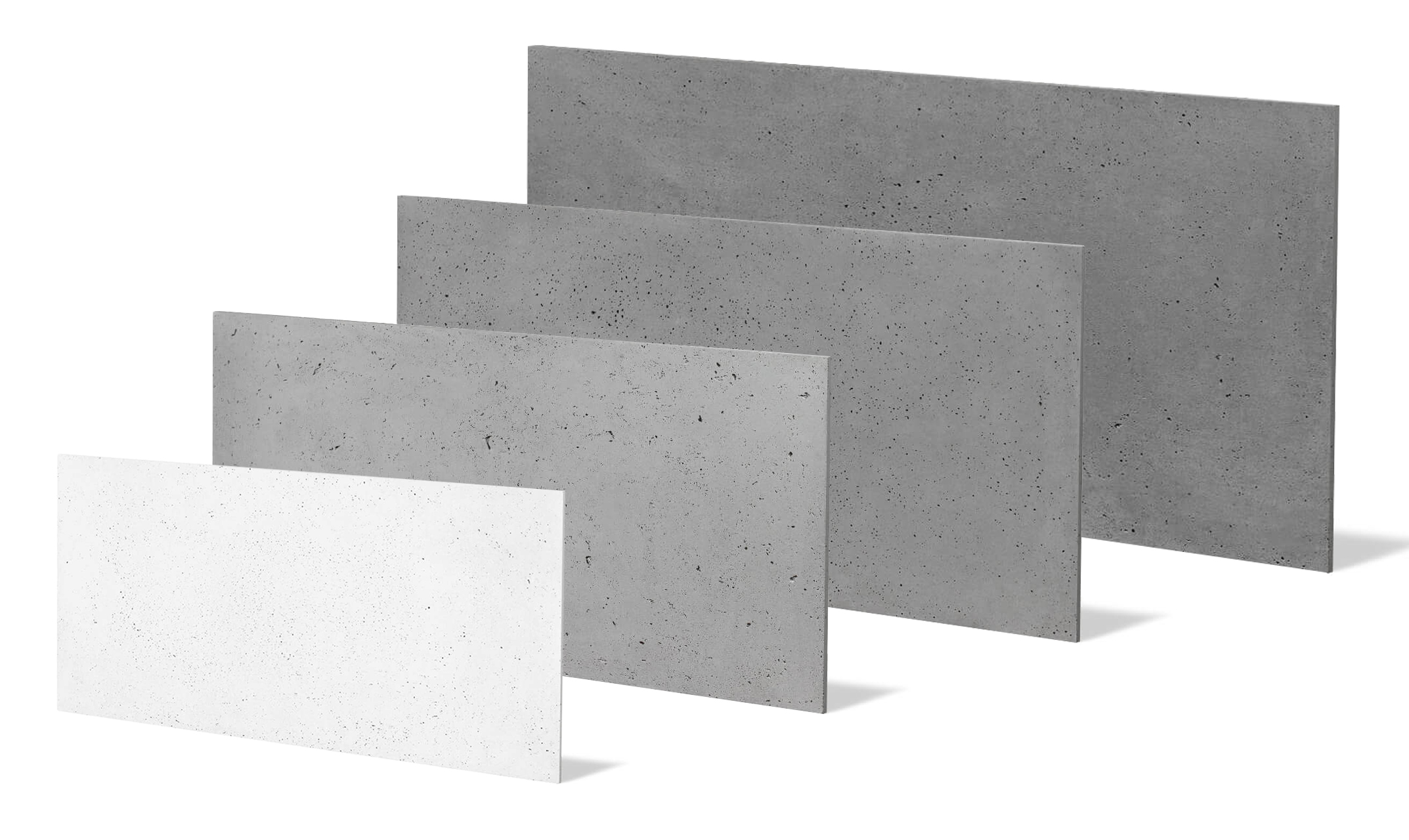DYNASIL FX - waterproofing impregnate...
zł186.99
A modern protective impregnation against stains for absorbent surfaces made of architectural concrete and natural stone.
Water repellent impregnation for architectural concrete

Professional customer service

Secure delivery sent directly to you
Water repellent impregnation for architectural concrete
PRODUCT DESCRIPTION: water repellent impregnation, a colorless preparation for impregnation of mineral surfaces, based on silicone resins and water glass.
FIELD OF APPLICATION: colorless protection against rain with hydrophobization, concrete, elements of concrete structures, plasters, cellular concrete, cladding bricks, concrete facade panels, natural stone. Examples of use: protection of architectural concrete slabs against intense soiling, preventive protection of architectural concrete against carbonation, colorless hydrophobic protection of historic and historical buildings or buildings with specific architecture, hydrophobic protection of concrete walls and walls made of brick, synthetic stone and absorbent ceramic tiles.
PROPERTIES:
CONSUMPTION: approx. 1L/10 m2.
PACKING: 1L container.
Data sheet
Architectonic concrete - smooth or medium porosity.

12 shades of 2D slabs in wide range of 17 sizes (wall and floor). It's characterized by high frost and flame resistance. Perfect for interiors, as well as facades, floors and terraces.
Available sizes:
Architectonic concrete with medium or high porosity.

The DS series is handcrafted and the concrete features a very strong PRC-reinforced structure.
Series attributes:
Available sizes:
Link to the entire series of DS products in store: (DS Series)
Architectonic concrete with medium porosity.

The LS series is handcrafted and the concrete has a very strong GRC (Glass-fiber Reinforced Concrete) structure in the case of 1 cm thick slabs. In the case of 2 cm and thicker slabs, PRC (Polypropylen-fiber Reinforced Concrete) reinforcement is used.
Series attributes:
Available sizes:
Link to the entire series of LS products in store: (LS Series)
Basic differences between slab series.
VT Series | DS Series | LS Series | |
Available concrete colors | 12 | 8 | 4 |
Available sizes | 17 | 4 | 3 basic + molded to size |
Slab thickness | 1-3 cm | 1 cm | 1-3 cm |
Order fulfillment [business days] | 7-10 | 14-21 | 3-9 + 14-30 |
Porosity | Smooth / Medium | Medium / High | Medium |
Cutting to size | Yes | No | No |
Crafting method | Machine | Handcrafted | Handcrafted |
Type of reinforcement | Chemical | PRCG | GRC / PRC |
Custom dimensions | No | No | Yes |
- | - | - | - |